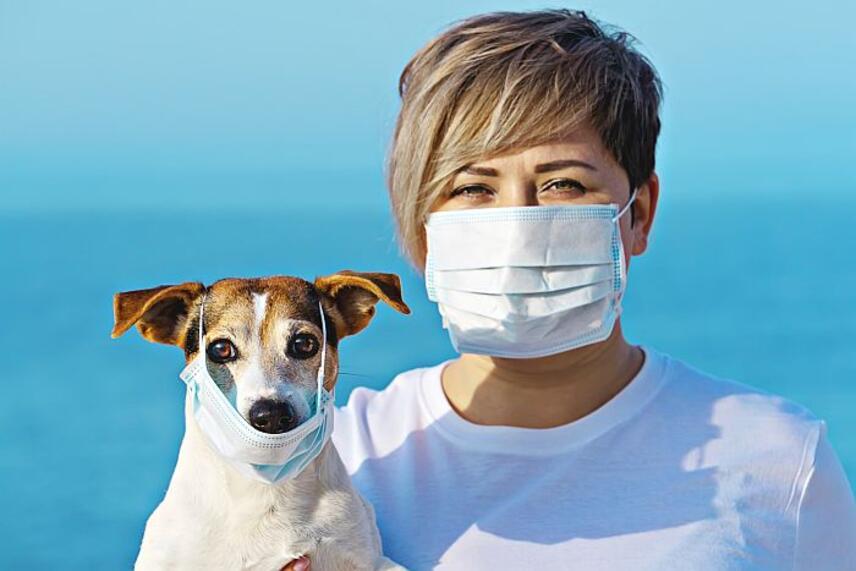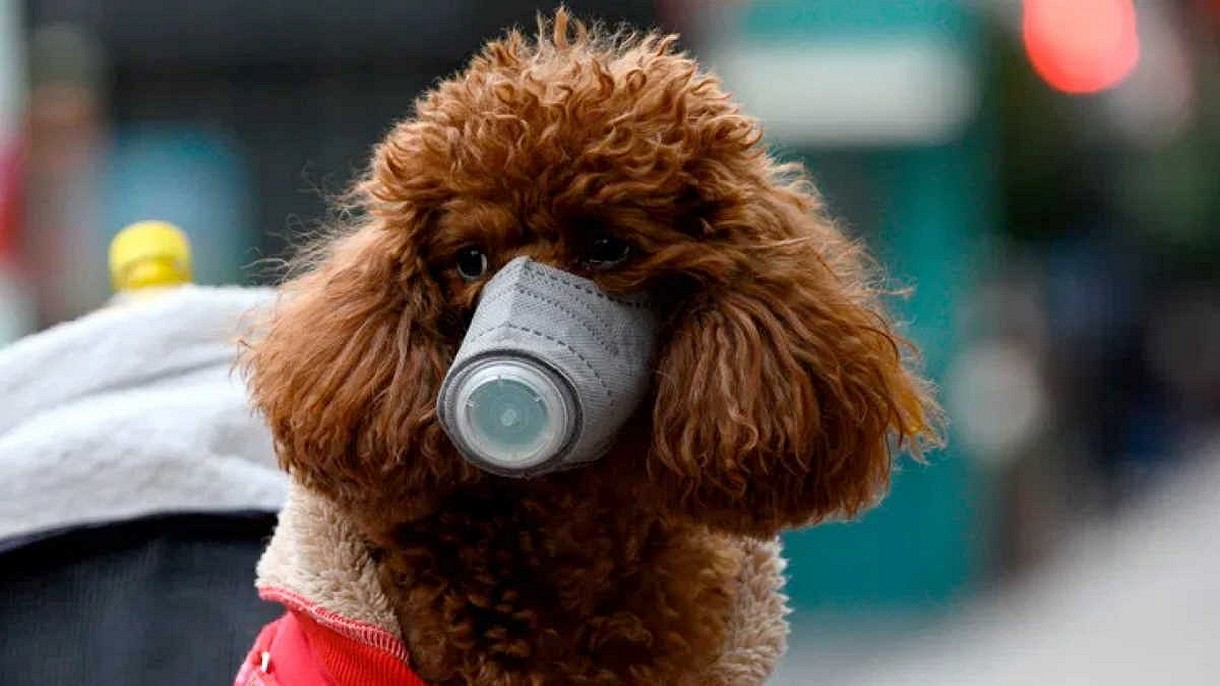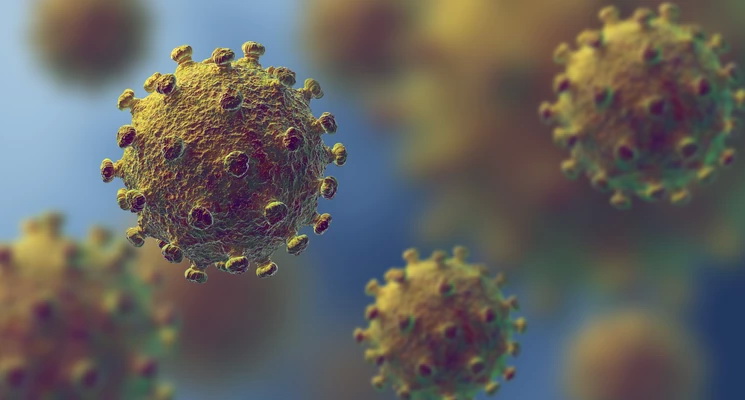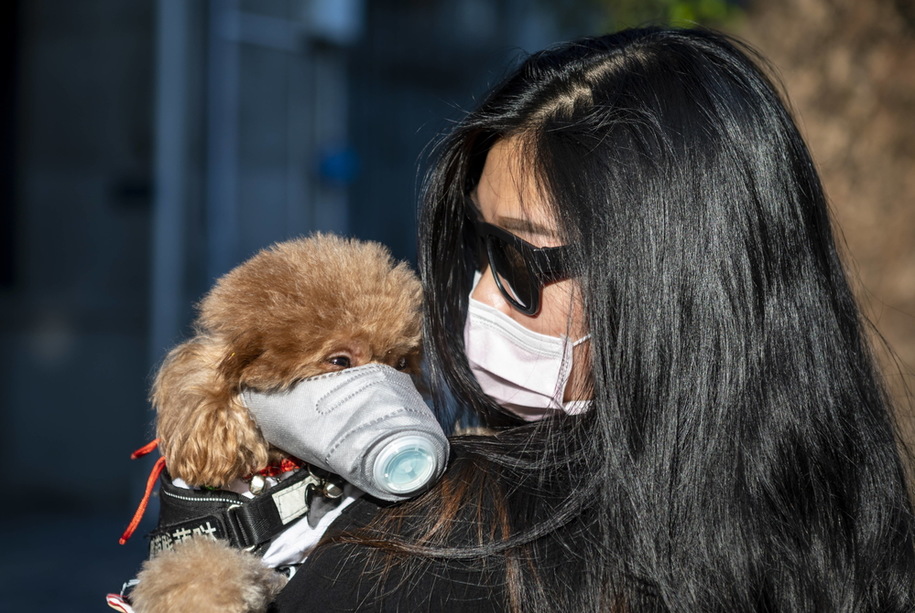The number of registered
animals is growing every day
Published: Aug 12, 2025

All kinds of information have been making rounds about the SARS-CoV-2 virus, and the media has been bombarding us with increasingly worrying news about the looming pandemic. Faced with a flood of both legitimate and pseudo-scientific articles, it is easy to be manipulated and give in to panic, which is what is currently happening among pet owners. More and more cats and dogs are abandoned or even euthanised by owners fearing they might contract the coronavirus.
Are these fears justified? Can our pets really be a health hazard?
... or what is the source of the alleged possibility of transfer between animals and humans?
The first rumour is related to how the virus first emerged. It was originally believed that the 2019-nCoV coronavirus (COVID-19) was transmitted by animals, as many residents of Wuhan who developed pneumonia had previously visited a fish or animal market. However, the high number of infected who had never been to those places proved that the virus can be transmitted between humans.
The cause of the pet panic was a statement issued by the authorities of Hong Kong, according to which the coronavirus was detected in a dog whose owner was diagnosed as infected. However, it is important to remember that the test result was only "weakly positive" and based on an examination of the animal's nasal discharge, and the possibility of the dog being a carrier or infecting others was actually later disproved.

The presence of the virus on the animal's body does not mean it is sick or that it can infect others!
You do not have to be infected yourself to be a carrier – you only need to provide the virus with the conditions it needs to multiply in your body, and no scientific evidence has so far been found confirming that this can take place. Coronaviruses are also carried by migrating birds, even though no human has ever been infected by a bird. Therefore, while it is theoretically possible to contract the disease from your pet, it is not comparable to the risk posed by other humans.
The risk of an animal carrying the virus is similar to that posed by an item, material or surface which has come into contact with an infected person.
A simple tin can in a shop, a plastic container or glass bottle with SARS-CoV-2 on the surface, where the pathogen can survive several hours, is equally as dangerous.

Currently, considering that all efforts are focused on stopping the pandemic, we cannot expect any research to be conducted on the role of animals in spreading the virus. None of the organisations dealing with health and animal safety have so far detected any cases which could, even indirectly, imply that the pathogen can be transmitted between animals and humans.
The World Health Organization emphasises that no evidence exists that cats and dogs can be infected or could be responsible for spreading the virus causing COVID-19.
A similar statement was issued by the Centres for Disease Control and Prevention, which confirms that no such cases have been reported in China or anywhere else.
Veterinarians are of the same opinion – researchers from the University of Illinois College of Veterinary Medicine emphasise the fact that 2019-nCoV (COVID-19) is so well adapted to spreading from human to human that it is unlikely to be transmitted to a dog or cat.

– stay calm, do not abandon your pet and do not have it euthanised! The danger it poses is no greater than that of a product on a shop shelf, door handles or other items used by multiple people;
– avoid touching your face, around the eyes and nose;
– stay at home with your pet, limit contact with other people to a minimum;
– wash your hands thoroughly whenever they come into contact with a pet and any other everyday use item, after coming back from the shop... and whenever you have an opportunity, in fact. Remember that hygiene protects you not only from the coronavirus, but also many other microbes which animals can carry;
– if you are infected – limit contact with your pet, and ask someone to look after and walk it for you if necessary;
– if you still have any doubts, contact your local veterinary authorities and get your information straight from the source;
– keep in mind the statement on the subject issued by the WHO, according to which there is no scientific evidence that SARS-CoV-2 can be transmitted to household and farm animals, or that animals can be a biological or mechanical vector spreading the disease.



Marking animals with a microchip is the most durable, effective and completely safe method of quick and reliable identification. Every transponder (chip) has a unique number which enables instant identification of the animal and its owner, helping them reunite faster. However, it is important to remember that a chip is just a transponder with an encoded number. It is not a tracking device and contains no data about the animal or the owner! Therefore, in order to identify a chipped dog or cat, it is necessary that a microchip be registered in a national marked animal database...
Read moreIn today's world, responsibility for animal care has become not only a priority for their owners but also a societal issue. One of the most important tools in ensuring animal safety is the chip database. It allows for the quick and efficient recovery of lost pets, which is crucial for protecting their health and well-being.
The introduction of microchipping has significantly improved the effectiveness of efforts to locate lost animals, reducing stress for both owners and their four-legged friends. Registration in the chip database is increasingly required by local regulations, further highlighting the importance of this technology in ensuring comprehensive care for animals.